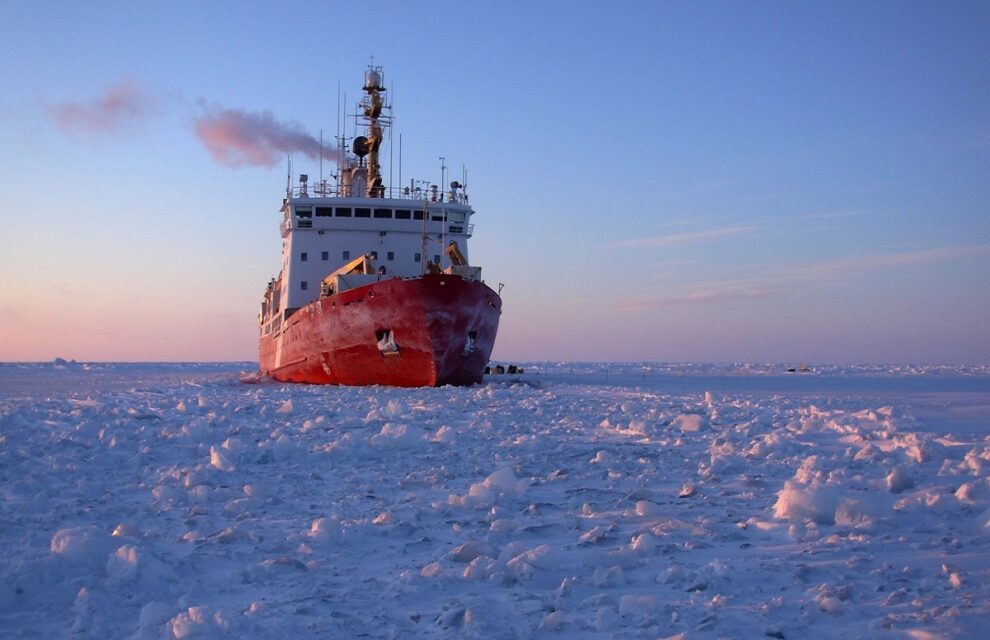Of course, a film goes beyond words. Dialogue, interviews, narration, readings all have their place. But if words are a character in a film, then they are a supporting character. (I mention film music and sound effects in a previous blog.)
My learning curve, in making The Blinding Sea, involved going from written words to images – and not just images but moving images. In a film, moving images tell the story.
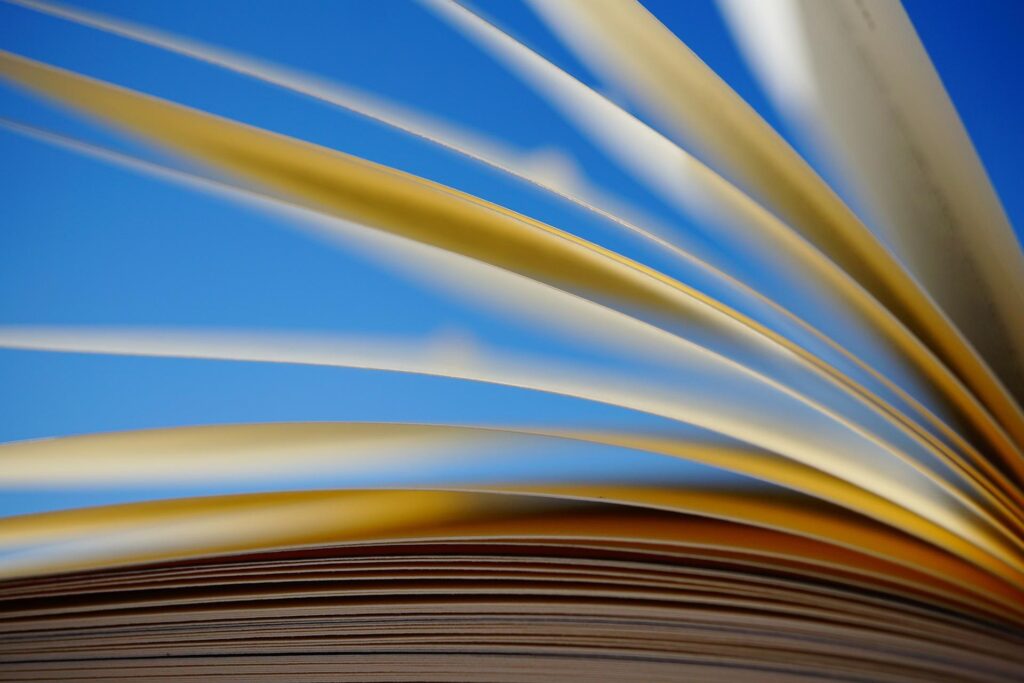
What is involved in this transition from written words to the language of cinema?
David Lynch says: “Cinema is a language…. And with it you can say so many things, because you’ve got time and sequences. You’ve got dialogue. You’ve got music. You’ve got sound effects. You have so many tools. And you can express a feeling and a thought that can’t be conveyed any other way. It’s a magical medium.”
He is speaking from the standpoint of having brought all this magic together. I had to learn about these elements or tools, one at a time.
I remember in my younger years, writing newspaper articles. I remained securely in the domain of written words, which I could jot down in a notebook, sometimes even after the fact, and then retype.
I would supplement my newspaper articles with photography which involved camera work. Photos played a supporting role. In those years, I travelled with a pair of Asahi Pentax K1000 35 mm cameras, one with black and white film, the other with colour film. I noticed still images were telling a different story, and they sometimes even contradicted the written words, but I didn’t think much more about it at the time.
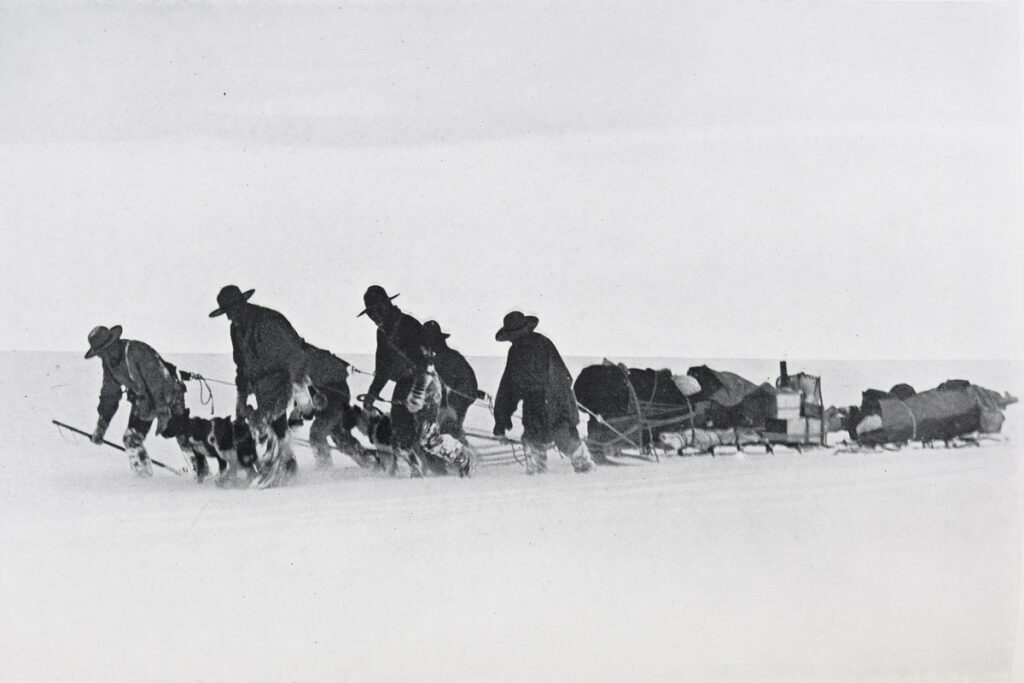
I then fell in love with radio, freelancing initially for CBC, Radio-Canada and BBC, and then for many other radio networks as well. The spoken word came as a revelation. I now had to record clean sound, which involved positioning my Electro-Voice omni-directional microphone, shielding it from wind if I happened to be outdoors somewhere. I had above all to minimize distracting background sounds from traffic to bird song. Each sound needed to be recorded separately, and could be mixed later. It was tempting to use material from spokesmen and spokeswomen who knew how to craft pungent sound bites. Their work was easy to use, and required minimal editing. I had to make the people I interviewed feel at ease, so they would come across as spontaneous and interesting. This was the domain of the spoken word, and reams of (pre-digital) ¼-inch reel-to-reel tape.
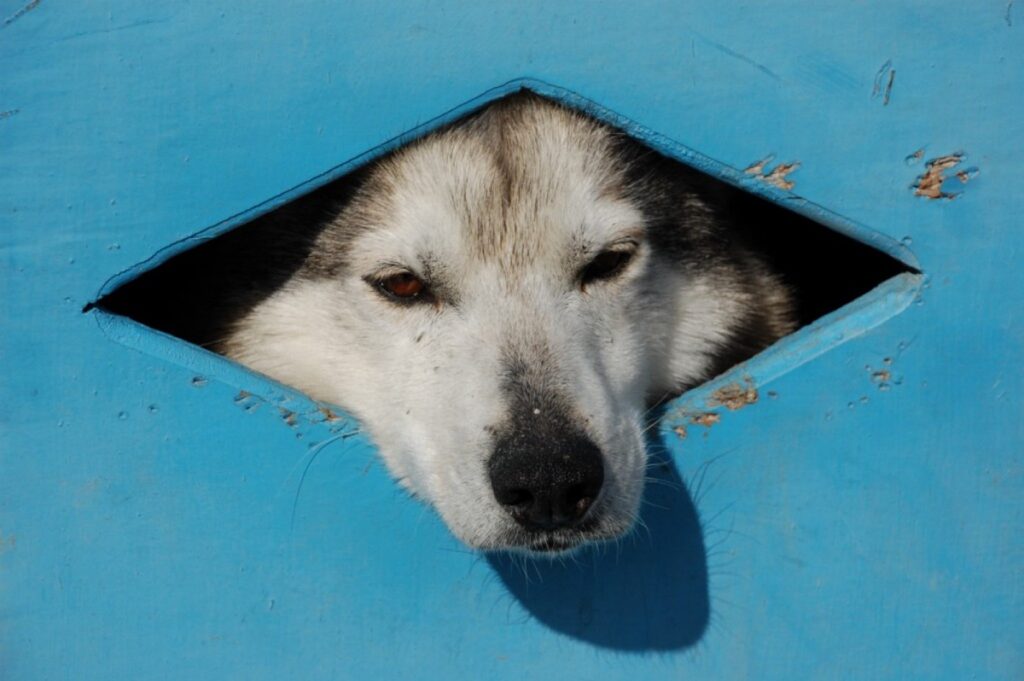
Film making is completely different, however. The camera teaches you how to see, to observe, to discern, to be opportunistic. I seized footage, particularly in Nature, when things looked just right. When travelling with my Nikon SLR, Sony digital video cameras and a series of GoPros, the camera presented opportunities, visually, which would never have occurred to me had I remained in the domain of words. The camera became my eye and maybe it even took over from my mind, because the camera helped me conceptualize. It taught me what was possible and impossible. Some of these cameras died in the fierce cold.
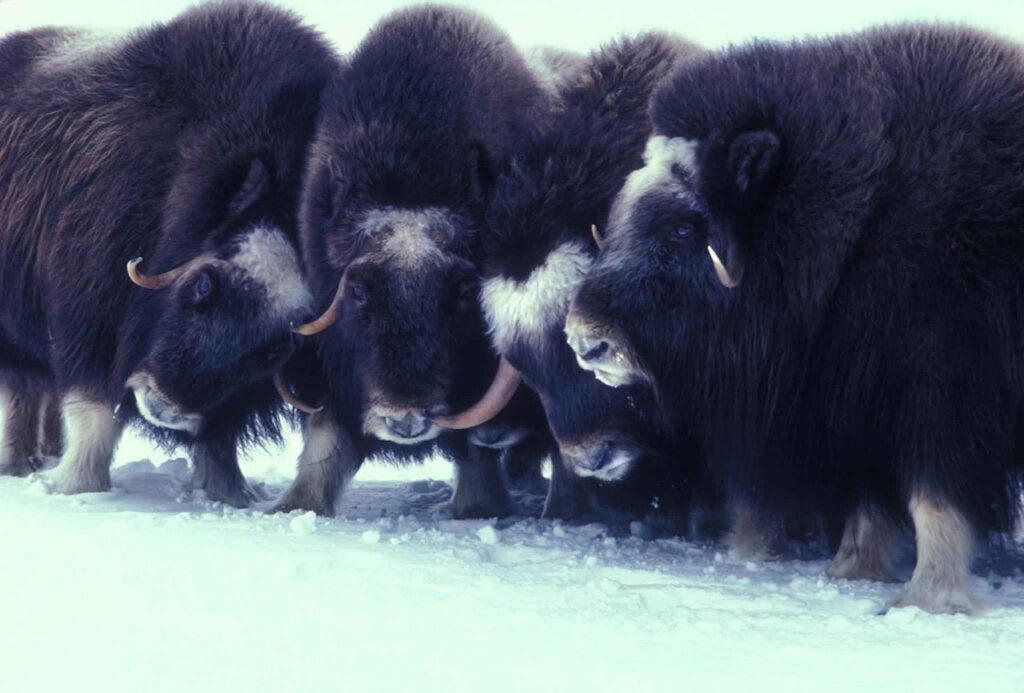
Filming also requires knowledge of depth of field, frame rates, shutter speeds, and above all expertise in guiding the movement of the camera, taking advantage whenever possible of natural light, and framing shots in the most beautiful way possible. Sometimes, I got a little too absorbed in these details. Like the time a muskox herd rushed after me, when I got too close.
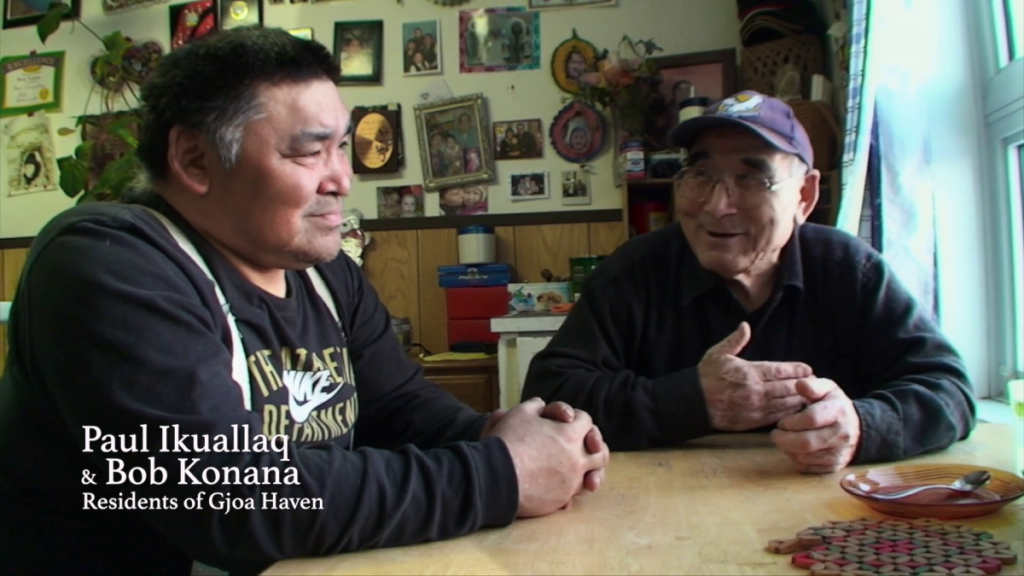
Filming documentaries is such a costly process that many television documentaries are scripted in advance. My film proceeded in a far more organic fashion. Nothing was scripted. In fact, I had no preconceived idea where the story was going. I avoided interviewing self-proclaimed experts and armchair enthusiasts. Instead, I sought out people with polar roots, experience and knowledge. It was important to know the people I wanted to film, to gain and periodically renew their consent to appear in the film, to explain my intentions, and to apologize for any technical problems which sent me back for a second interview!

I wanted to show people at their best, emotionally and from the point of view of their comfort level and ability to communicate. Their words are just that – their words. I certainly asked questions in interviews, but I never told people how to answer.
I enjoyed getting to know Inuit sculptor Damien Iquallaq, and commissioned him to make a few artworks for the film. They convey, the way straight words could not, a relationship with Nature at a mythical level. They also help me show how descendants of Koleok see things!
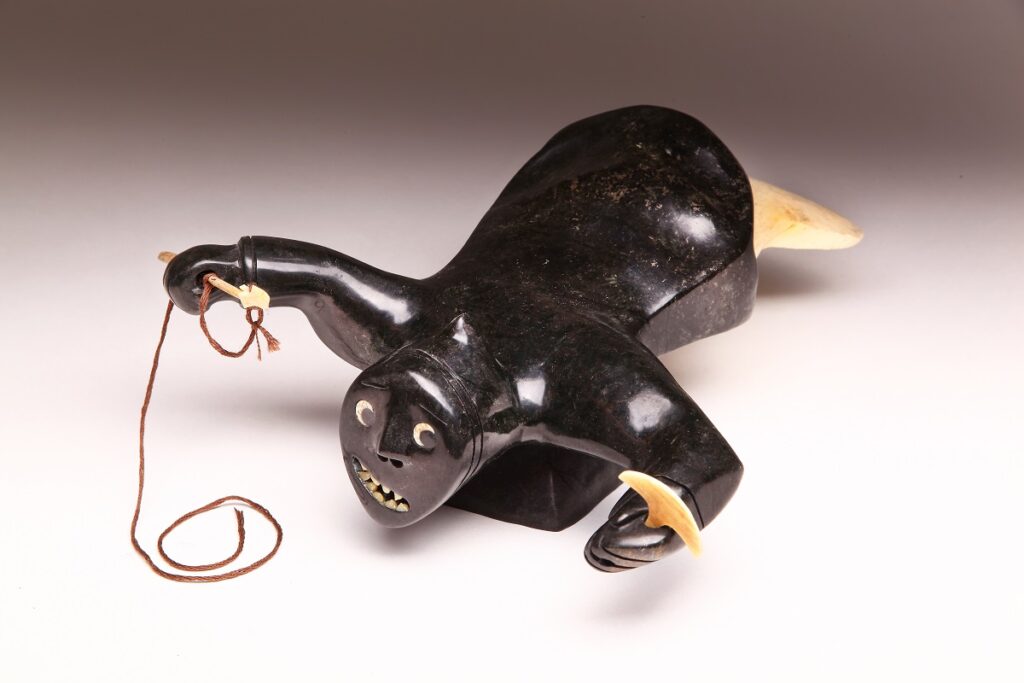
Question: So how does the magic of cinema come together?
David Lynch says: “it’s so beautiful to think about these pictures and sounds flowing together in time and in sequence, making something that can be done only through cinema. It’s not just words or music – it’s a whole range of elements coming together and making something that didn’t exist before. It’s telling stories. It’s devising a world, an experience, that people cannot have unless they see that film. When I catch an idea for a film, I fall in love with the way cinema can express it. I like a story that holds abstractions, and that’s what cinema can do.”

I took the feature image at the top of this blog while wintering on the Canadian research icebreaker Amundsen, on the Beaufort Sea (air temperature minus 48°C or minus 54°F).

